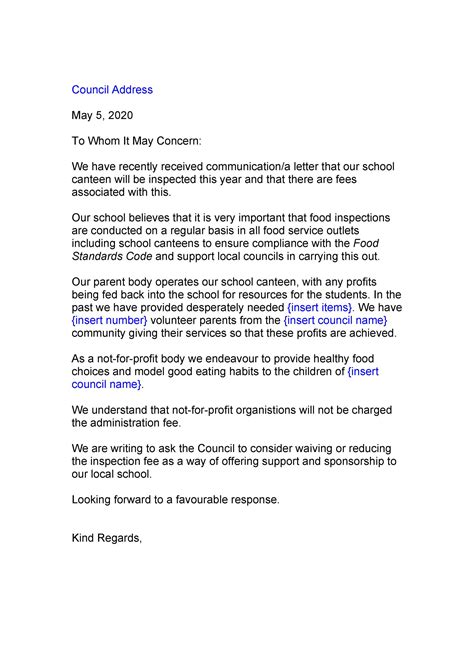When And How To Use "To Whom It May Concern" In English

Knowing the appropriate way to address someone in a letter or email can be challenging, especially when you don’t have a specific recipient in mind. In such cases, “To Whom It May Concern” is a commonly used salutation. However, this generic greeting may not always be appropriate or effective. In this article, we’ll explore when and how to use “To Whom It May Concern” in English.
What is “To Whom It May Concern”?
“To Whom It May Concern” is a formal salutation used when you don’t know the name of the person you’re addressing. It’s commonly used in cover letters, recommendation letters, and other formal correspondences. The phrase implies that the letter is intended for anyone who may be interested or relevant to the subject matter.
When to Use “To Whom It May Concern”
1. When You Don’t Know the Recipient’s Name
The most common situation when you would use “To Whom It May Concern” is when you don’t know the name of the recipient. This could be because you’re sending a letter to a general mailbox, a department, or an organization.
Example:
To Whom It May Concern,
I am writing to inquire about the job opening posted on your website.
Thank you for your time.
Sincerely,
John Doe
2. When You’re Unsure of the Recipient’s Gender
If you’re unsure of the recipient’s gender, “To Whom It May Concern” may be a safe option to avoid any potential offense or embarrassment.
Example:
To Whom It May Concern,
I am writing to express my interest in the scholarship opportunity offered by your institution.
Thank you for your consideration.
Sincerely,
Pat Smith
3. When You’re Sending a Mass Email
When sending a mass email to a group of people, “To Whom It May Concern” can be a suitable greeting. However, it’s important to consider the context and the tone of the email. If you’re addressing a specific group of people, it may be more appropriate to use a personalized greeting.
Example:
To Whom It May Concern,
We would like to invite you to our annual fundraising event.
Thank you for your support.
Sincerely,
The ABC Charity Team
When Not to Use “To Whom It May Concern”
1. When You Know the Recipient’s Name
If you know the name of the person you’re addressing, it’s best to use their name instead of a generic greeting. Using a personalized salutation shows that you’ve taken the time to research and address the letter to the right person.
Example:
Dear Ms. Johnson,
I hope this letter finds you well. I am writing to follow up on our meeting last week.
Thank you for your time and consideration.
Best regards,
John Doe
2. When You’re Writing a Personal Letter
If you’re writing a personal letter, using “To Whom It May Concern” may not be appropriate. Personal letters are typically addressed to specific individuals, such as friends, family members, or acquaintances.
Example:
Dear Sarah,
It’s been too long since we last spoke. I hope this letter finds you well.
Let’s catch up soon!
Warm regards,
Jane
3. When You’re Applying for a Job
When applying for a job, it’s best to use a personalized salutation that addresses the hiring manager or recruiter directly. This shows that you’ve done your research and are genuinely interested in the position.
Example:
Dear Ms. Johnson,
I am writing to apply for the Marketing Manager position at ABC Company.
Thank you for your consideration, and I look forward to the opportunity to discuss my qualifications further.
Sincerely,
John Doe
Conclusion
Knowing when and how to use “To Whom It May Concern” can help you craft professional and effective correspondences. When used appropriately, this generic greeting can be a suitable option for formal letters and emails.
FAQs
1. Is “To Whom It May Concern” outdated?
“To Whom It May Concern” is still a commonly used salutation in formal correspondences. However, some people may prefer more personalized greetings, especially in the age of digital communication.
2. Can I use “Dear Sir/Madam” instead of “To Whom It May Concern”?
“Dear Sir/Madam” is another generic greeting that can be used when you don’t know the recipient’s name. However, it’s important to note that this salutation may not be appropriate in all contexts, and it may be perceived as outdated or gender-biased.
3. What should I do if I’m still unsure of the appropriate salutation?
If you’re still unsure of the appropriate salutation, it’s best to research the organization or individual you’re addressing. You can also try to find a specific contact person or use a more general greeting, such as “Hello” or “Good morning/afternoon/evening.”

